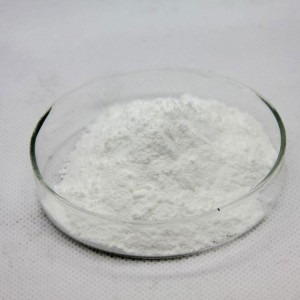IUPAC Name
-
Cas Number
63148-65-2
HS Code
392091
Formula
-
Industry
-
Appearance
White Powder
Common Names
PVB
Packaging
1000 @ 25 kg plastic or netted bags, 25MT/20 FCL
BRIEF OVERVIEW
Polyvinyl butyral (or PVB) is a resin mostly used for applications that require strong binding, optical clarity, adhesion to many surfaces, toughness and flexibility. It is prepared from polyvinyl alcohol by reaction with butyraldehyde. The major application is laminated safety glass for automobile windshields.
MANUFACTURING PROCESS
polyvinyl butyral is produced by simultaneously introducing two streams into a reactor containing water at 90° C. over a period of 75 minutes. Stream 1 is an aqueous solution of polyvinyl alcohol, an acid catalyst, a sequestering agent, and stream 2 is butyraldehyde. A surface-active agent is introduced into the reaction mixture after having added at least 60% of the polyvinyl alcohol and at least 50% of the butyraldehyde and preferably after having finished adding these ingredients and after having brought the temperature of the reaction to between 50° C. and 100° C. The product obtained after neutralization and separation consists of large grains. These grains are poorly suited to plasticizing and the plasticized sheet is generally cloudy.
Automotive and architectural
Laminated glass, commonly used in the automotive and architectural fields, comprises a protective interlayer, usually polyvinyl butyral, bonded between two panels of glass. The bonding process takes place under heat and pressure. When laminated under these conditions, the PVB interlayer becomes optically clear and binds the two panes of glass together. Once sealed together, the glass "sandwich" behaves as a single unit and looks like normal glass. The polymer interlayer of PVB is tough and ductile, so brittle cracks will not pass from one side of the laminate to the other.
Colors
PVB interlayer can be purchased in colored sheets, such as for the blue or green "shade band" at the top edge of many automobile windshields. PVB interlayers can also be purchased in different colors for architectural laminated glass manufacture ranging from Bronze, Gray, Green, Brown, White and many more. Discovered in the late 1990s it was found that PVB degraded over time within laminated windows.
Solar modules
PVB has gained acceptance among manufacturers of photovoltaic thin film solar modules. The photovoltaic circuit is formed on a sheet of glass using thin film deposition and patterning techniques. PVB and a second sheet of glass (called back glass) are then placed directly on the circuit. The lamination of this sandwich encapsulates the circuit, protecting it from the environment. Current is extracted from the module at a sealed terminal box that is attached to the circuit through a hole in the back glass. Another common laminant used in the solar industry is ethylene-vinyl acetate (EVA).
